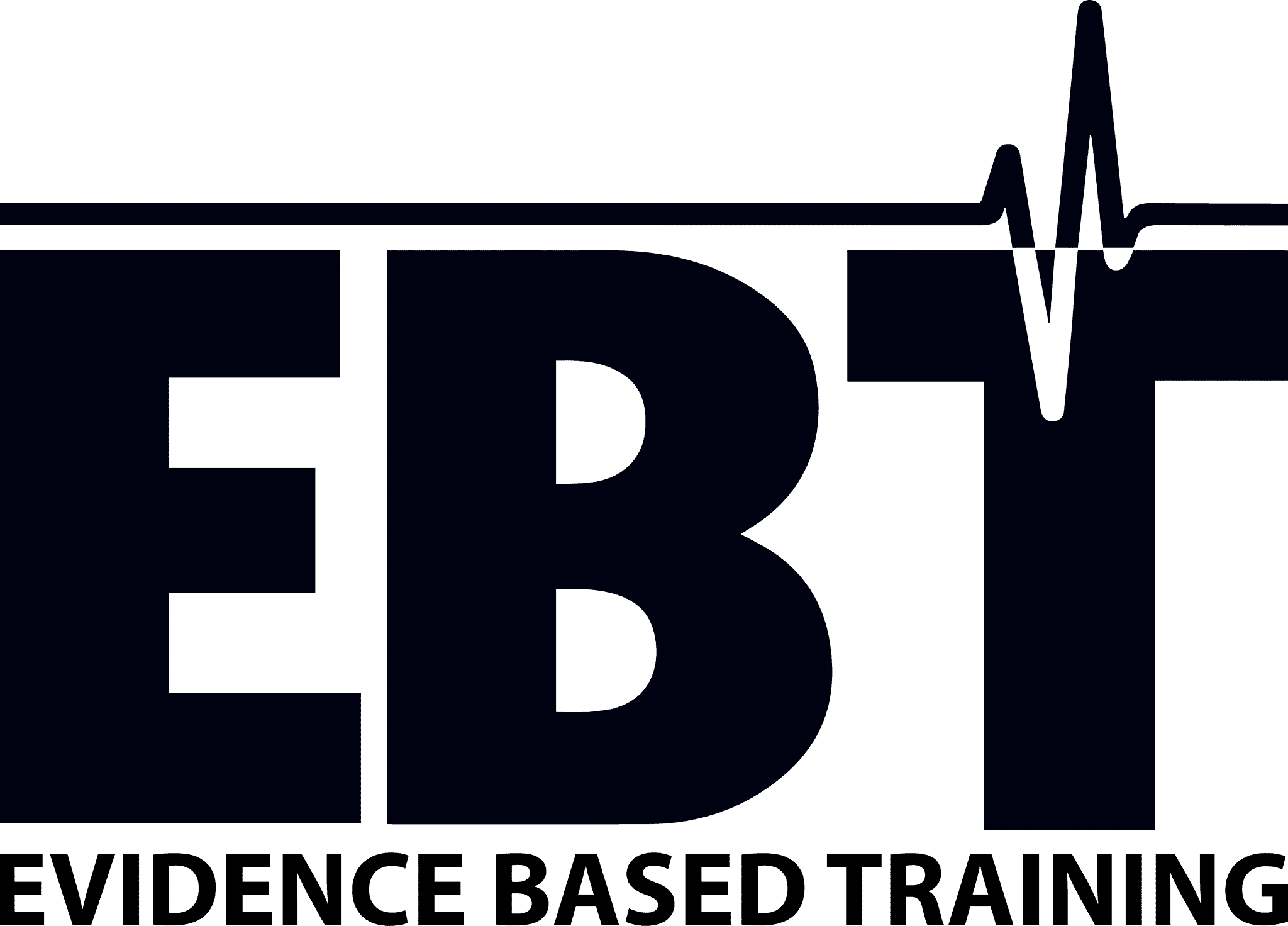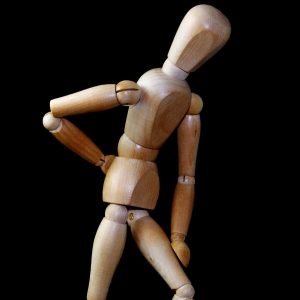If you have been training for a while chances are that you have been injured a couple of times, and maybe still suffer from a past injury that just don’t want to heal up. If you haven’t been injured, you still need to read up on your prevention skills to lessen the risk of this major disruption in your gains. Picenced physiotherapist and medical student Jonas Liefke is here to share his wisdom with you!
When injured, you will not be able to exercise as before and you will probably lose some hard earned muscle mass. In addition, the injury most often makes you more prone to a new injury, whether it be on the same or opposite side.
Weight Training, CrossFit and Bodybuilding
This article will address weight- and powerlifting, CrossFit and bodybuilding and will be the first in a line of articles about injury and injury prevention in sports. The questions that is being asked in this article is how often athletes in the sports acquire an injury, where they injure themselves and why they get injured. Future articles will look in to injury prevention and rehabilitation.
As weightlifting per definition is all about lifting heavy weights (more weights lifted = more muscles), there is an obvious risk of injury. The three sports differ a bit on how and why the weight is being lifted:
-
- Powerlifting and weightlifting is about lifting the maximum load for one repetition
-
- CrossFit include a variety of bodyweight and weightlifting exercises in combination with gymnastics and endurance activities
- Bodybuilding focuses on using weightlifting to induce hypertrophy.
However, the sports above sometime use similar exercises, making study findings somewhat more general.
A Systematic Review of 20 Studies
The article was published 2016 and is a systematic review of injury epidemiology in weight- training sports. Twenty articles, with data from weightlifting (n=8), powerlifting (n=6), body-building(n=4) and Crossfit (n=2) from around the world, were included in the review. The authors found a diverse set of studies to review: there were for example differences in the populations, varying sample sizes, different definitions of injury, different study durations and different ways to report the data. With this said, when including a diverse set of articles and sub-populations, the results might be more general and thus applicable for a bigger crowd.
A common way to describe injury rates in sports is to report injuries per 1000 hours of training. In this way, it is possible to compare the rates between different sports and different levels within the same sport with each other.
Less Injury Among Weightlifters Compared to Other Sports
Injury incidence was fairly consistent across the different sports; 1-2 injuries per lifter /year or 2-4 injuries per 1000h. However, three of the bodybuilding-studies reported lower rates; 0.12-0.7 injury per lifter per year and 0.24-1 injury per 1000h.
Important to note is that injury incidence rate in weightlifting sports is low compared to other common sports such as soccer (7.6 injuries/1000h training) and ice hockey (6.48/1000h training).
Females tended to be less injury prone overall but showed higher incidence regarding knee injuries.
The Most Common Injuries: Shoulders, Back, Knees, Elbows & Wrists
The five most common sites of injury were shoulders, lower back, knees, elbows and wrist/hand. There were subtle differences in body parts injured most often but the top three injuries in descending order were:
-
- Bodybuilding: sprains, tendinitis and cartilage degeneration
- Bodybuilding: sprains, tendinitis and cartilage degeneration
-
- Weightlifting: strains, sprains and tendinitis
- Weightlifting: strains, sprains and tendinitis
-
- Powerlifting: strains, tendinitis and arthritis.
- Powerlifting: strains, tendinitis and arthritis.
- Crossfit: Not reported
A strain is a muscle injury where the muscle is “stretched”. Think of the muscle like a bundle of spaghetti, where a few of the spaghetti fibers break. This is what is thought to happen in the muscle during a strain. Certain muscle fibers “break” and need time to heal. This is also known as “pulling a muscle”.
A sprain is a ligament injury, where the ligament is stretched and damaged similarly to a strain. These typically take a long time to heal because blood circulation to the ligaments is generally lower compared to muscles.
The image below shows a human arm with all parts to clarify what exactly is meant by a sprain and strain:
The severity was mostly minor to moderate and often lasted for a couple of weeks. However, a high percentage of the elite athletes who retired, did so after an injury. Furthermore, a fairly high percentage of athletes overall will acquire long term problems in their joints.
Another Systematic Review
The second systematic review of injuries in weight-and powerlifting and included nine studies (some also included in the article above). The injury incidence was 2.4-3.3 injuries/1000hours training in weightlifting and 1.0-4.4 injuries/1000h training in powerlifting. The most prone areas of injury were once again the spine, shoulders and knees. The article discusses similar things and comes to similar conclusions as the first article, thus supporting the findings.
To note: Data on injury rates across sports might be problematic. For example: Most of the studies uses a retrospective design (looking back on what happened), different studies use different setups and uses different definitions for injuries. There might be a problem with participants reporting injuries a long time after the injury (thus relying on memory) and that a lot of injuries go unreported and thus aren’t included in the studies. The real injury rates could therefore be higher, than the numbers presented, but this is probably an issue in all sports, making the numbers comparable at the very least.
Take Home
Athletes in weightlifting sports tend acquire injuries in the joints/ ligaments and in the tendons attaching muscles to bone. The injury prone areas are: shoulders, lower back, knees, elbows and wrist/hand.
Bodybuilders, who typically use weights a bit below 1RM tend to have a lower percentage of muscle injuries than other “power- sports” but report a greater proportion of tendon and cartilage (i.e connective tissue) injuries that can be seen as more of a chronic-type of injury. The power sports report higher proportions of strains and muscle damage and thus more acute onset- injuries.
This article has focused on the negative sides of strength training and it is therefore suitable to say that the benefits far outweigh the negative aspects. The beneficial aspects will be the subject for future articles by team EBT.
Sources:
-
- 10.1007/s40279-016-0575-0
-
- 10.1136/bjsports-2016-096037
—————————–
Article by team EBT member Jonas Liefke, 4th year Medical Student, BSc Physiotherapy.









